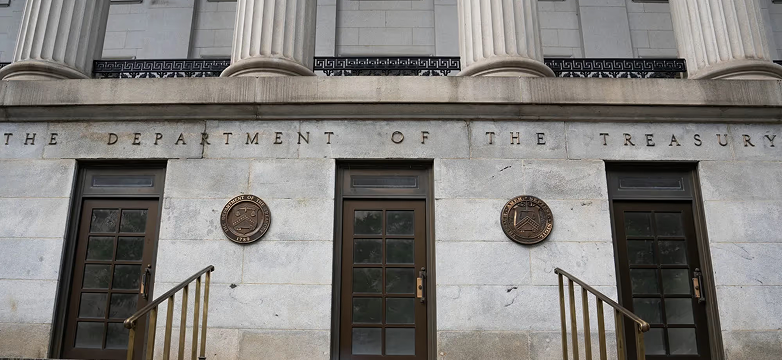10 milestones on the two-year anniversary of tax credit transferability

Two years ago today, the Inflation Reduction Act (IRA) was signed into law, making a historic investment in clean energy development and US manufacturing. In honor of this significant milestone, it is worth noting several important points of progress.
- The IRA remains the largest investment the US has ever made in fostering energy development and supporting domestic manufacturing.
- According to the Clean Investment Monitor (CIM), across all clean energy technologies, $444 billion has been invested since August 2022.
- Advanced manufacturing facilities are also attracting significant new investment and expanding at historic rates. According to CIM, companies have announced $133 billion in new investments in clean energy and vehicle technology manufacturing, a 52% increase over the previous two years.
- Crux estimates that, since mid-2023 when the IRS published initial rules governing the market for transferable tax credits, approximately $20 billion worth of clean energy and manufacturing tax credits have transacted. Over the coming years, this figure is expected to continue to grow, expanding access to capital for a wide range of clean energy technologies.
- Investment in wind and solar power is accelerating, and transferability is driving a large share of overall tax credit monetization for these technologies. The EIA projects that wind and solar capacity will increase 33% from 2023-2025, to over 300 MW of installed capacity. American Clean Power (ACP) recently reported that the investment pipeline of clean energy projects has reached a record 170 MW.
- The fastest-growing part of the market is investment in energy storage. Transferability is particularly important to accelerating storage investment, as these projects often were not well-suited to tax equity. Storage projects makeup around 20% of the supply of clean energy tax credits. Storage is a key attribute for balancing supply and demand on the power grid, and tax credits are making these projects increasingly cost-effective.
- Commercial buyer interest is accelerating for valuable new tax credits, and Crux is seeing a wide variety of nuclear, renewable natural gas, clean fuels, and hydrogen tax credits. Year to date, Crux has facilitated over $9 billion of commercial bids covering the full range of energy and manufacturing tax credits.
- Transferability is helping to democratize the market for clean energy tax credits. Over half of all tax credit deals have been for credits under $50 million in value — broadening the tax credit market to appeal to smaller project developers.
- The tax credit market is more competitive and liquid than anticipated, and has evolved more quickly than expected. As of mid-2024, 70% of market participants reportedly engaged in competitive processes when buying or selling tax credits. Competition helps to maximize opportunities for both buyers and sellers in this new market.
- Deals have become increasingly standardized over the course of the past two years. According to Crux’s research, advisors are increasingly concentrated on a discrete set of due diligence factors. Additionally a wide range of insurance products are increasingly available to mitigate transaction risks.
Crux’s sustainable finance platform is changing the way that clean energy projects and manufacturers maximize the value of their tax credits. Our research and tools are building transparency and liquidity in this new market and, in turn, supporting growth in private sector investment, high quality US jobs, and domestic manufacturing. Get in touch with us today to learn more about this market.
Additional insights & news

March 27, 2025
Crux’s data suggests that transferable tax credit buyers who transact earlier in the year can take advantage of wider tax credit credit availability as well as more potential for pricing discounts.
Read More.jpg)
March 13, 2025
Transferability has created new and more accessible ways for more developers and manufacturers to monetize tax credits. With the emergence of transferability and the growth of this liquid and transparent transferable tax credit market, new financing structures have emerged.
Read More
March 7, 2025
As tax credit buyers begin to plan their 2025 strategies, one question keeps coming up: how will policy changes affect the transferable tax credit market? Brandon Hill, tax principal and leader of CLA’s Energy Tax Services, joined Crux to discuss how CLA is advising tax credit buyers in 2025.
Read More




































































